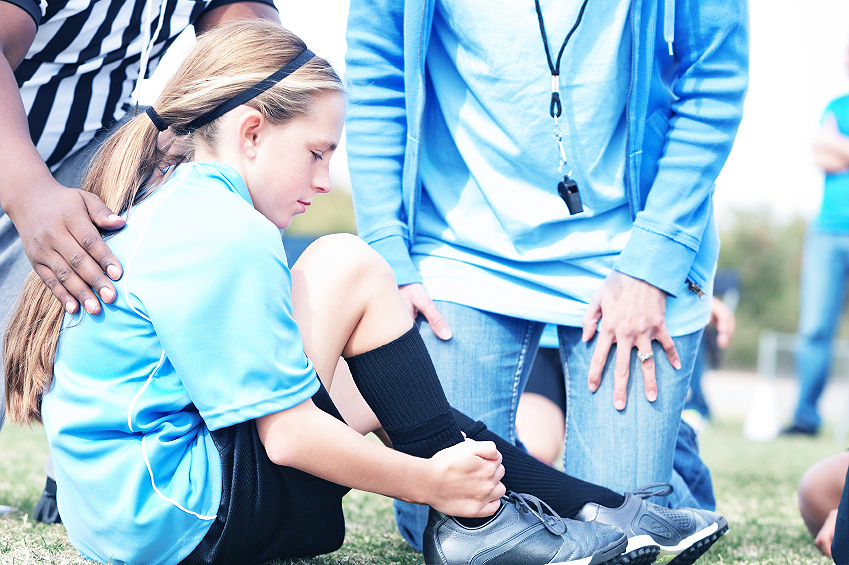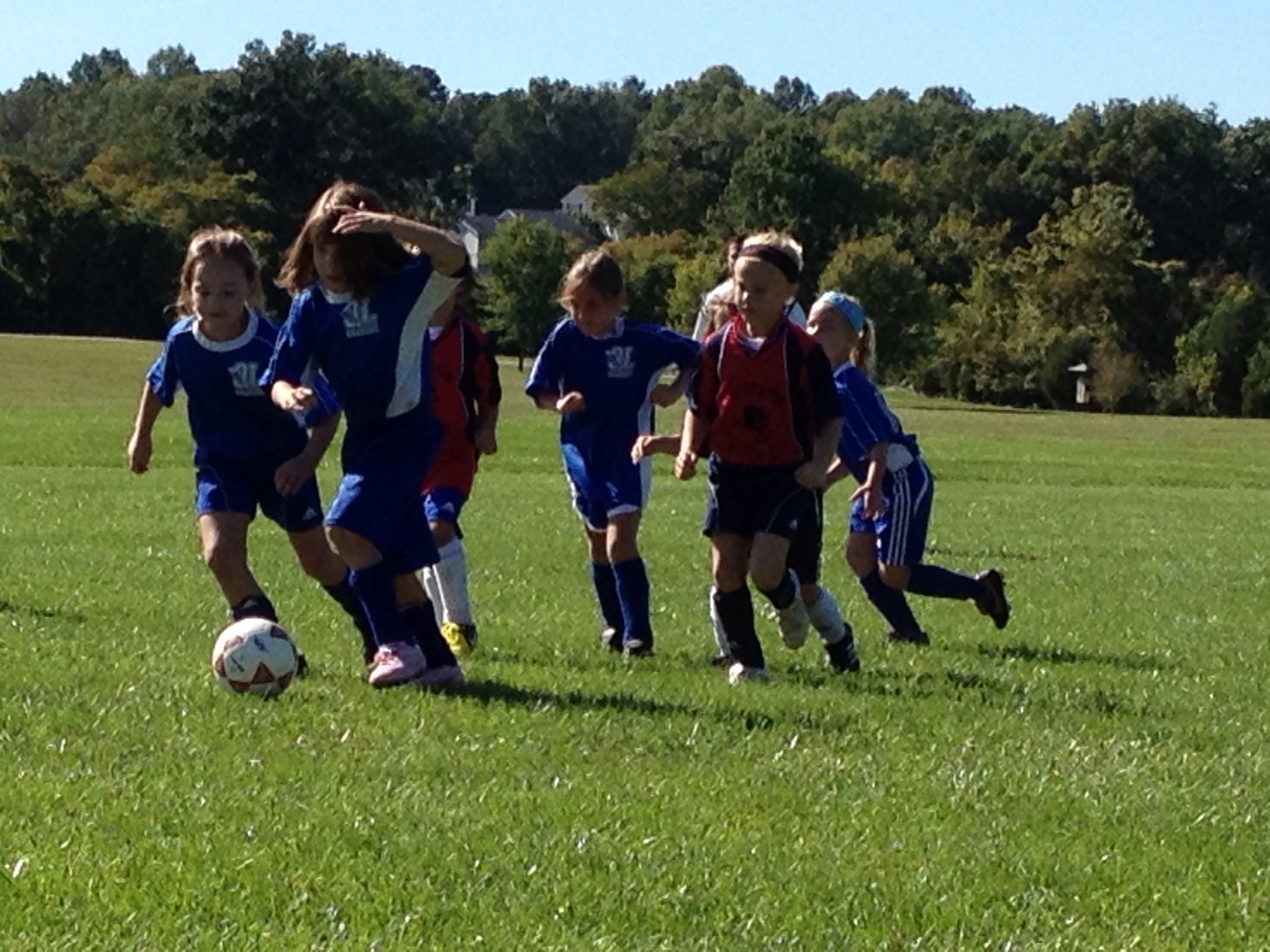In St. Louis, all eyes have been on the rink for the last few months. The Blues have inspired many young kids to want to learn to skate and play hockey after watching the team’s on-ice heroics. My three-year-old has been begging for ice skates and a hockey stick! I’m sure many other kids in the area have also been wanting to be just like O’Reilly or Tarasenko. Many have probably been asking about starting to play hockey. How safe is hockey? Do I need to be worried if my child falls in love with the sport?
Is Hockey Safe?
Youth hockey is actually a rather safe sport. Kids generally follow a progression for starting hockey that begins with simply learning to skate and then introduces using a stick as they get older. Hockey tends to be a very well-supervised sport because it is complex to learn. Safe Kids Worldwide showed youth hockey players visited the ER less often than kids who play football, soccer, basketball, or who wrestle. The biggest concern for hockey still remains concussion risk. But the people who oversee the sport have been working on creating rules to prevent this.
Early hockey players had quite a few facial injuries. The development and requirement of full face shields for younger players reduced the risk for these types of injuries to virtually zero.
Body checking is the main cause of injuries, either from direct contact or from being checked into the boards or another player. This contributed to a large number of head and neck injuries. Over the last 20 years, body checking has been eliminated below the Bantam level (ages 14-15). Many are advocating raising this even higher. Strict enforcement of this rule, along with allowing only legal hits as players progress to the older age categories, has been very helpful.
Fair Play Guidelines
Many states have adopted what is called “fair play.” This is a set of guidelines for scoring hockey games, seasons, and tournaments, and it awards players for being less violent. The system rewards teams for having fewer penalties, and it takes away from teams that have more. One study has shown that injury rates can be as much as four times higher when not utilizing fair play guidelines.
Hockey is a great sport and source of exercise for young boys and girls. Kids should first become comfortable on the ice and learn how to stop, turn, and fall, followed by a slow introduction of hockey skills. Choosing a league that emphasizes fair play is very important. Also important are strict rules with regards to checking. Equipment should include a proper face mask, helmet, mouth guard, neck protector, and appropriate padding.
Now it’s time to get out on the ice and have fun! Let’s go Blues!






Comments